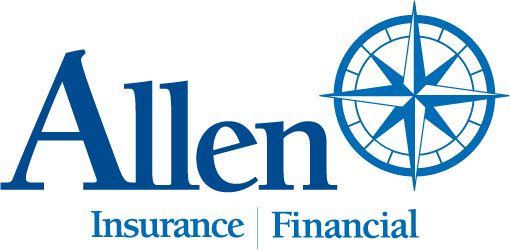Buying a home is one of the most stressful experiences and biggest financial commitments of many people’s lives. But inheriting a home from a parent or relative can be equally stressful and complex in ways you may not anticipate. As you cope with a loved one’s death and all the emotions it stirs up, you’ll need to decide whether you should sell the home, live in it, or rent it out.
Unfortunately, inheriting a house isn’t always a financial gain. The good news is that you can avoid many potential pitfalls by asking the right questions. Here are some key factors to consider before you make any decisions about the house you’ve inherited.
Is there a mortgage on the property?
If so, will the estate assets be used to cover it? If there aren’t enough assets to pay off the mortgage, or if the other heirs don’t agree to do so, you can take on the deceased’s mortgage in order to keep the house—as long as you have the means and desire to assume the debt. In this case, you’ll want to consider refinancing to see if you can get a better rate or lower monthly payment.
If the house is “underwater” (i.e., the home’s current value is less than what is owed on the mortgage), you may decide to walk away from the property and let it go into foreclosure. Of course, before making any decision, you should seek the guidance of an estate attorney.
Would it make sense to keep the home?
Although selling a family home can be a painful process, it’s important not to let nostalgia jeopardize your financial well-being. Even if you’re able to manage the mortgage, does the home have any other value to you? Ask yourself these questions:
- Is it a property you’re going to use, either for vacations or to live in yourself?
- Do you have the time and money to handle the maintenance and upkeep the house will require?
- If you plan to use it for rental income, would renovations be needed? Would you be willing to hire a property manager (if you can’t manage the rental yourself)?
What does the local real estate market look like?
If you’re thinking of selling or renting the home, do your due diligence on the local market. A knowledgeable real estate agent can advise you about the options in your area, discuss comparable properties and what they’ve sold or rented for, and help you determine if any renovations would be worth the time and money. (Real estate laws differ from state to state, so it’s important to work with a professional licensed in the state where the property is located.)
If you plan to sell, keep in mind that high-end finishes and other upgrades won’t necessarily get you your money back if the neighborhood isn’t made up of similarly designed homes. Rather than investing in renovations, listing the house “as is” for a lower price may result in a quicker sale.
What are the potential implications for your taxes?
Upon inheriting the house, you will receive a stepped-up cost basis: the property’s fair market value at the date of the former owner’s death.
- If you decide to sell, this means that, even if the home has appreciated significantly since your loved one purchased it, you’ll only pay long-term capital gains on the sale price over that stepped-up basis.
- If you decide to live in the house, you may face higher property taxes due to the step-up in cost basis. On the other hand, if you eventually sell, you can avoid capital gains if you reside there for at least two of the past five years.
- If you decide to rent out the house, you can deduct certain improvements and the depreciation of the house itself against your taxable rental income. Just keep in mind that you’ll have to reimburse the IRS for that depreciation if you eventually sell.
What do your professional advisors say?
Working with professionals who have experience navigating these situations is key to a successful outcome. In addition to your financial advisor, you may benefit from enlisting the services of qualified estate and tax attorneys, as well as a real estate agent. Although dealing with inherited real estate is seldom simple, having an experienced team on your side will help smooth the process, no matter what you decide to do with the property.
This material has been provided for general informational purposes only and does not constitute either tax or legal advice. Although we go to great lengths to make sure our information is accurate and useful, we recommend you consult a tax preparer, professional tax advisor, or lawyer.
© 2016 Commonwealth Financial Network®










